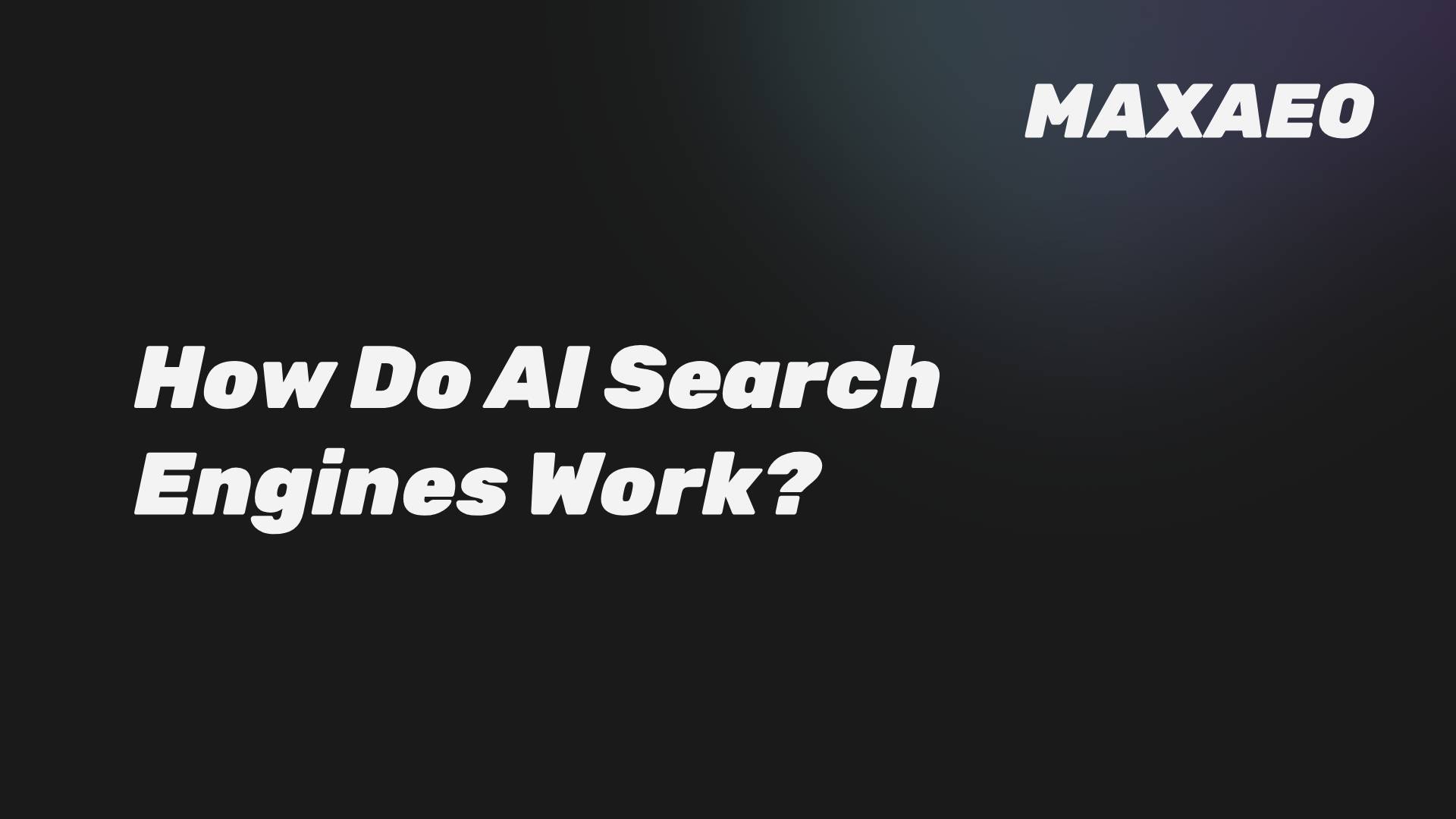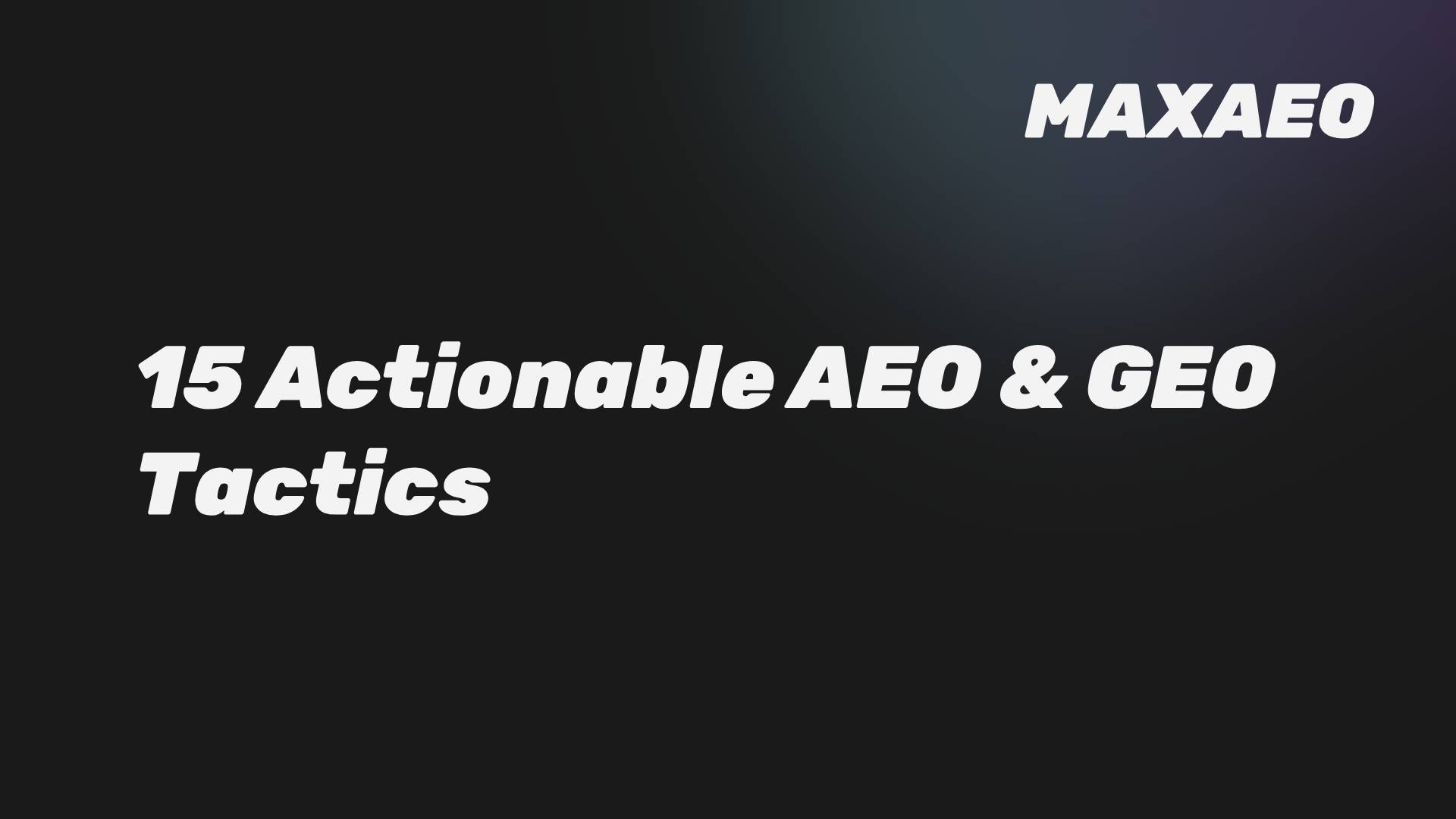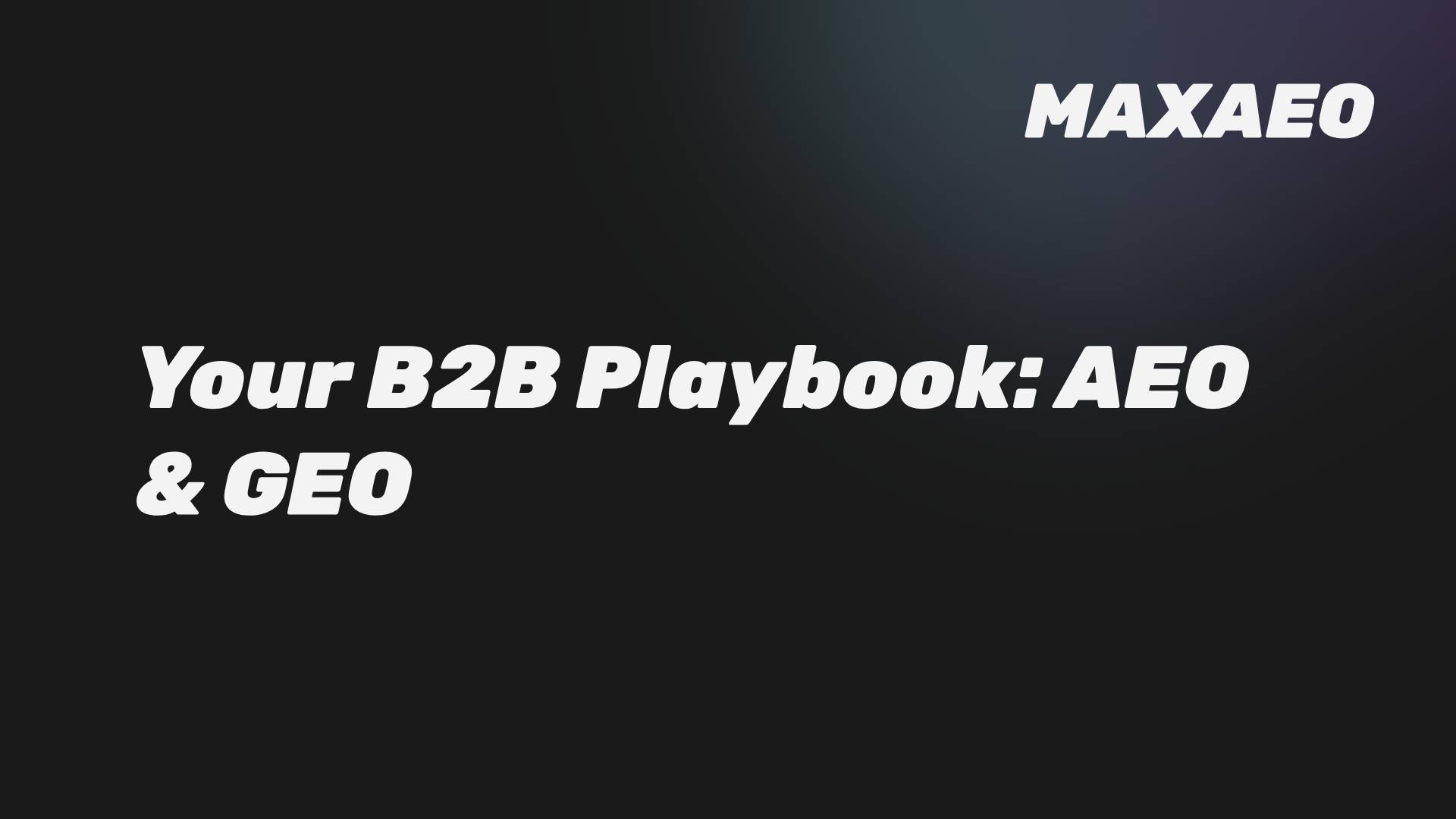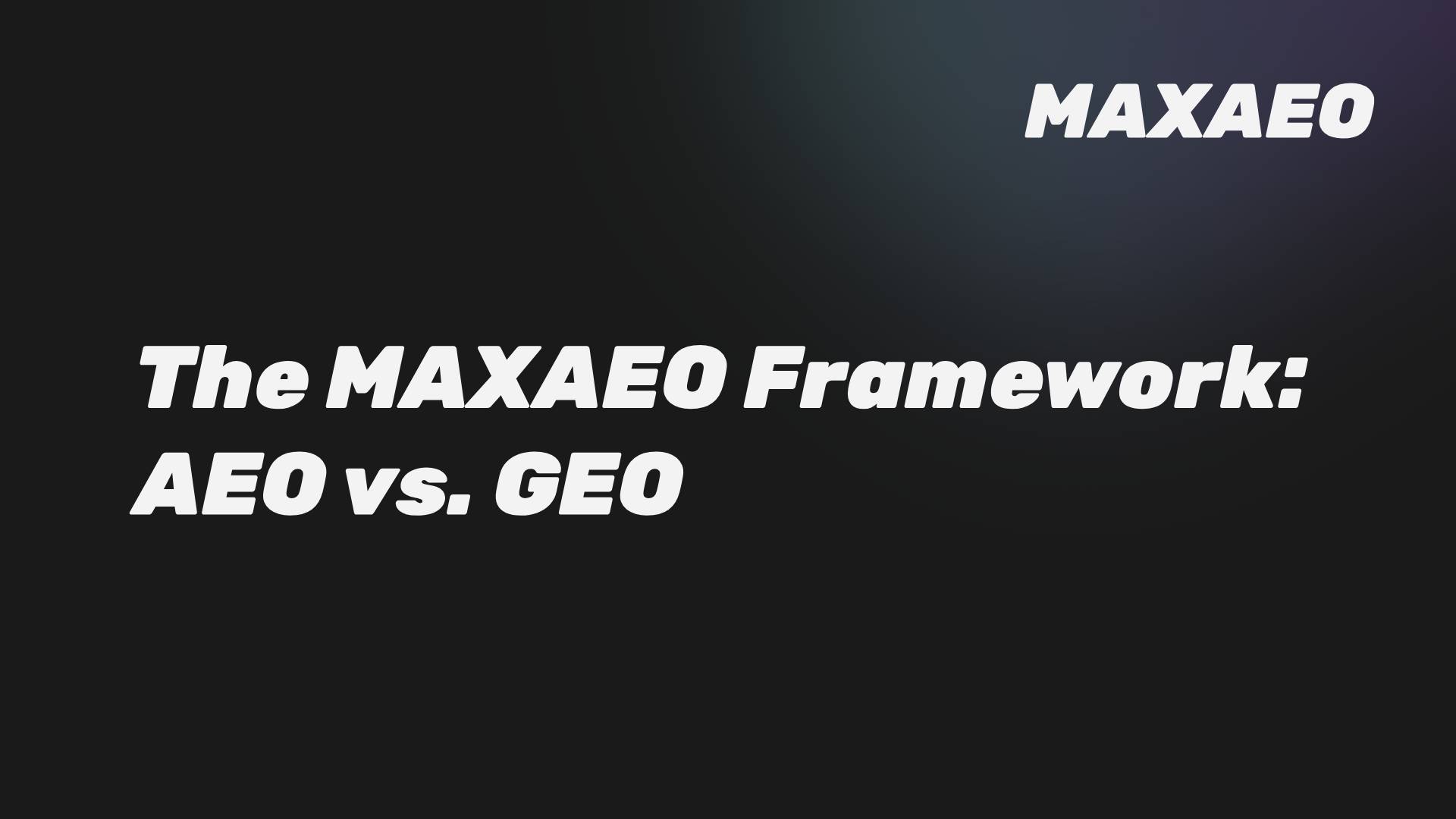· Anton Grant · Digital Marketing · 5 min read
Unlocking AI Authority: The B2B Leader's Guide to the Knowledge Graph
A strategic guide for B2B leaders. Learn how the Knowledge Graph is essential for controlling your brand narrative, fixing AI errors, and building the authority that drives GEO and AEO success.
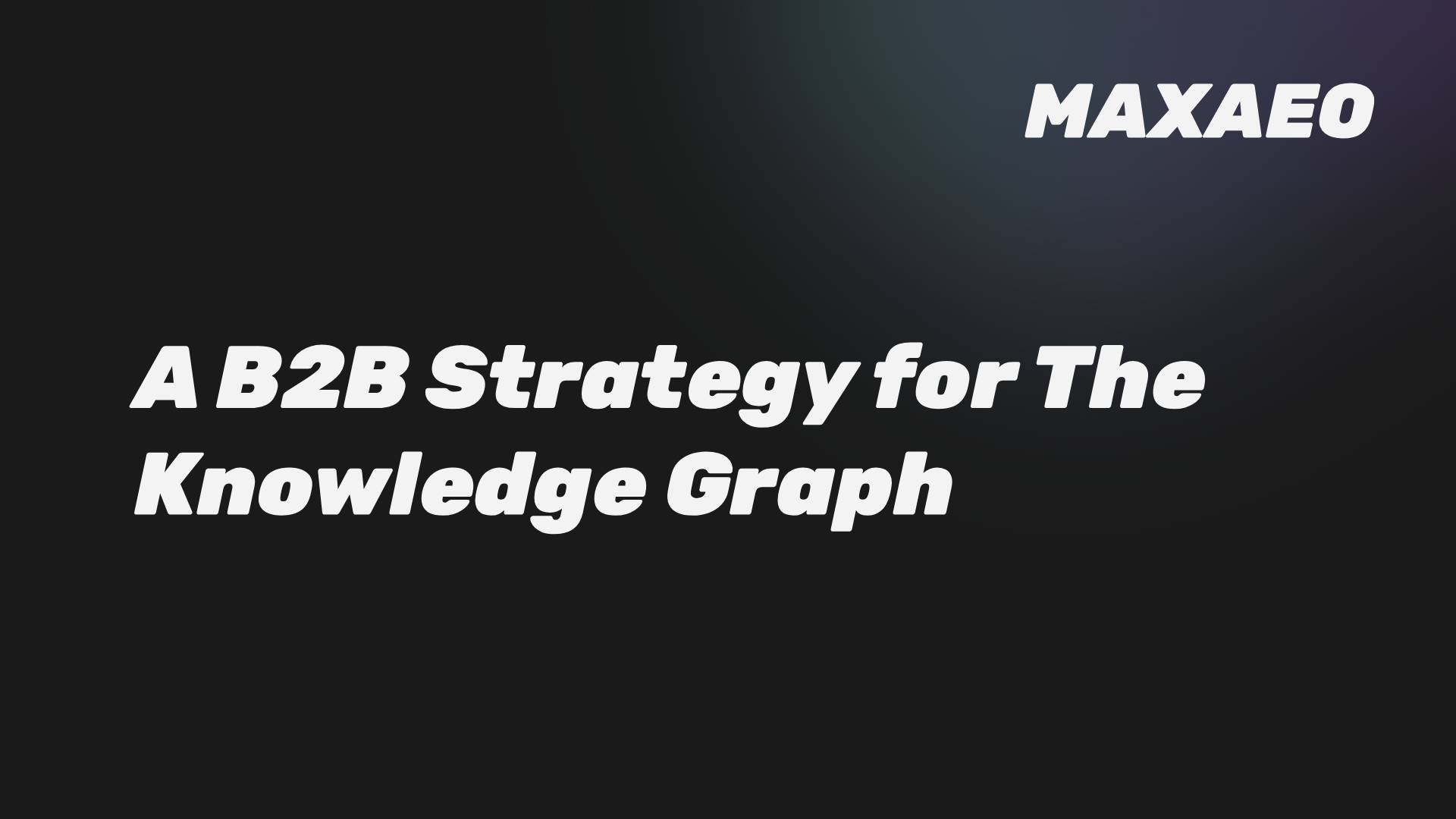
Unlocking AI Authority: The B2B Leader’s Guide to the Knowledge Graph
Artificial Intelligence (AI) models are confidently misrepresenting your brand, and your traditional Search Engine Optimization (SEO) can’t fix it. These systems often confuse companies with similar names or “hallucinate” facts, creating a significant brand risk. The strategic solution is not more content, but more clarity—delivered through a Knowledge Graph.This guide provides a clear framework for B2B leaders on the power of a Knowledge Graph. We will explain what it is, why it’s the cornerstone of any modern AI strategy, and how to leverage it to control your brand narrative, build algorithmic trust, and achieve dominance in AI Search.
What is a Knowledge Graph?
A Knowledge Graph is a structured, machine-readable map of your brand’s identity and expertise. It’s a system that organizes your company’s information—what you do, the products you offer, your key executives, your industry—into a network of interconnected entities and relationships that AI can understand with absolute clarity.
Unlike a webpage, which an AI must interpret, a Knowledge Graph provides a set of verifiable facts. It is the single source of truth that prevents an AI from confusing “Bentley Systems” (an engineering software company) with “Bentley Motors” (the luxury car brand), a common and costly mistake in today’s AI-driven world.
Why is a Knowledge Graph Critical for Your B2B AI Strategy?
A Knowledge Graph is critical because it is the primary tool for mitigating the inherent risks of AI-driven information discovery. Large Language Models (LLM) are trained on the messy, unstructured internet and often lack the sophisticated disambiguation systems that search engines have spent decades building.
This creates significant business risks:
- Brand Confusion and Misrepresentation: An AI can easily attribute a competitor’s features to your product or confuse your company with another in a completely different industry.
- Dilution of Expertise: Without a clear structure, your specialized knowledge gets lost in a sea of generic information, preventing the AI from recognizing you as a topical authority.
- Loss of Visibility: If an AI is not confident about who you are and what you do, it will favor competitors with a clearer, more structured digital identity.
How Does a Knowledge Graph Drive AI Search Performance?
A well-implemented Knowledge Graph is a powerful engine for both Answer Engine Optimization (AEO) and Generative Engine Optimization (GEO). It provides the verifiable, factual foundation that AI models require to trust and cite a source.
| Impact Area | Without a Knowledge Graph | With a Knowledge Graph |
|---|---|---|
| Brand Identity | Ambiguous; AI guesses based on unstructured text. | Unambiguous; AI ingests a clear set of facts. |
| Topical Authority | Diluted; expertise is hard for AI to identify. | Concentrated; expertise is explicitly defined and connected. |
| AI Visibility | Risky; susceptible to errors and omission. | Resilient; becomes a trusted, citable source for AI answers. |
What is the Strategic Framework for Building a Knowledge Graph?
Building a Knowledge Graph is a strategic marketing function, not just a technical task. It involves defining your brand’s core entities and structuring them in a way that aligns with your business goals.
Step 1: Define Your Core Entities
First, identify the key entities that define your business. This includes:
- Your Organization: Name, founding date, key executives, location.
- Your Products/Services: What they are, what problems they solve, key features.
- Your Expertise: The core topics and concepts where you are an authority.
Step 2: Structure the Data with Schema Markup
Next, translate these entities into a machine-readable format using Schema Markup. This is the vocabulary that search engines and AI models use to understand structured data.
Implement Organization, Product, Person, and Article schema across your website to create a network of interconnected, factual statements.
Step 3: Connect and Broadcast Your Knowledge Graph
Finally, connect your internal Knowledge Graph to the wider digital ecosystem. Use properties like “sameAs” in your schema to link your brand to authoritative third-party profiles, such as your Wikipedia page, social media accounts, and industry directories.
This creates a powerful, unified signal of authority that is difficult for competitors to replicate and easy for AI to trust.
How Do We Measure the ROI of a Knowledge Graph?
The ROI of a Knowledge Graph is measured through the new KPIs of the AI Search era: influence and authority.
- Increased AI Share of Voice: Track a rise in favorable brand mentions in AI-generated answers.
- Improved Citation Rate: Monitor an increase in your content being cited as a source.
- Reduction in Misinformation: Measure a decrease in brand-related errors and confusion in AI outputs.
These metrics demonstrate a direct return on your investment by showing an enhanced ability to control your brand narrative and win in a zero-click world.
Conclusion
In the age of AI, brand authority is no longer just a perception; it is a structured, technical asset. A Knowledge Graph is the most powerful tool a B2B leader has to impose clarity on the chaos of AI, combat misinformation, and build the deep, algorithmic trust required for visibility.
Investing in a Knowledge Graph is not optional—it is a strategic imperative for any business that intends to be seen, understood, and recommended in the new world of AI-driven search.
To turn AI disruption into your advantage, let’s talk possibilities.
